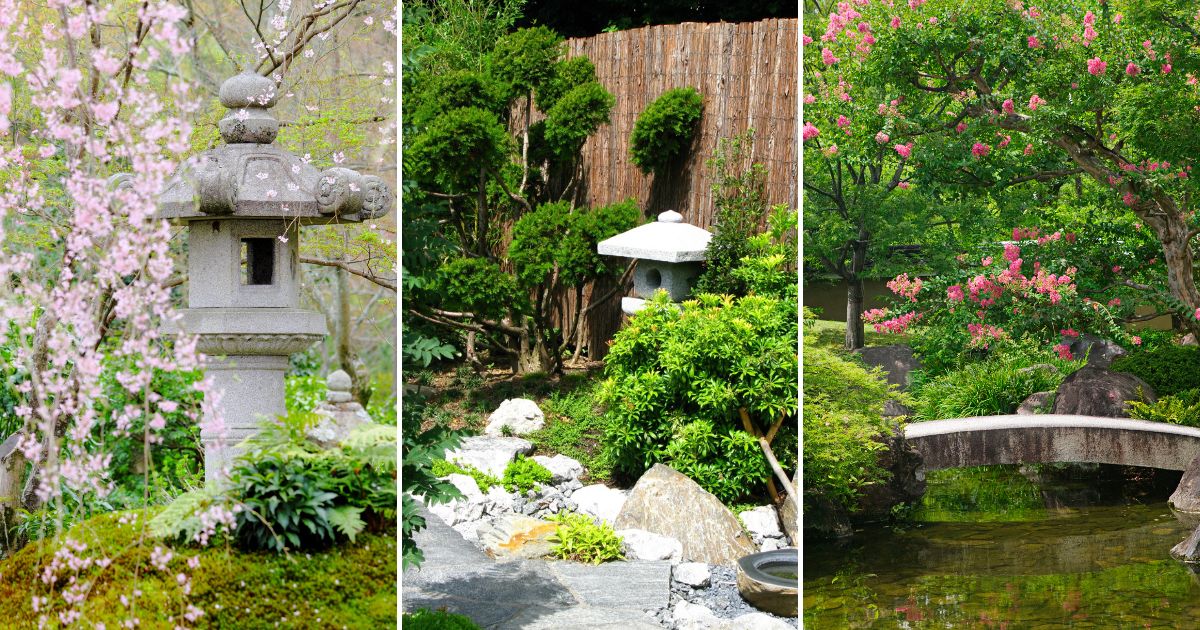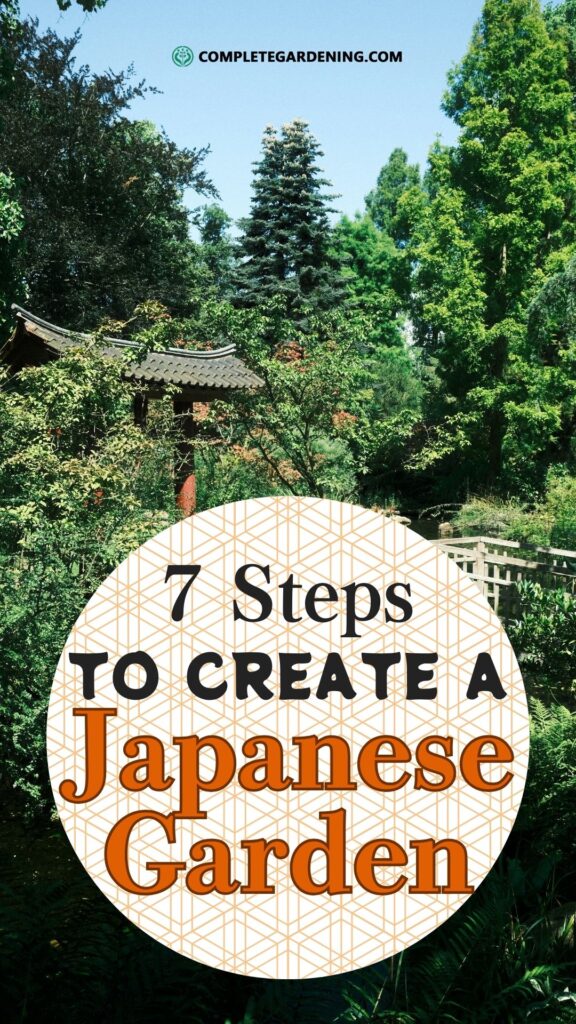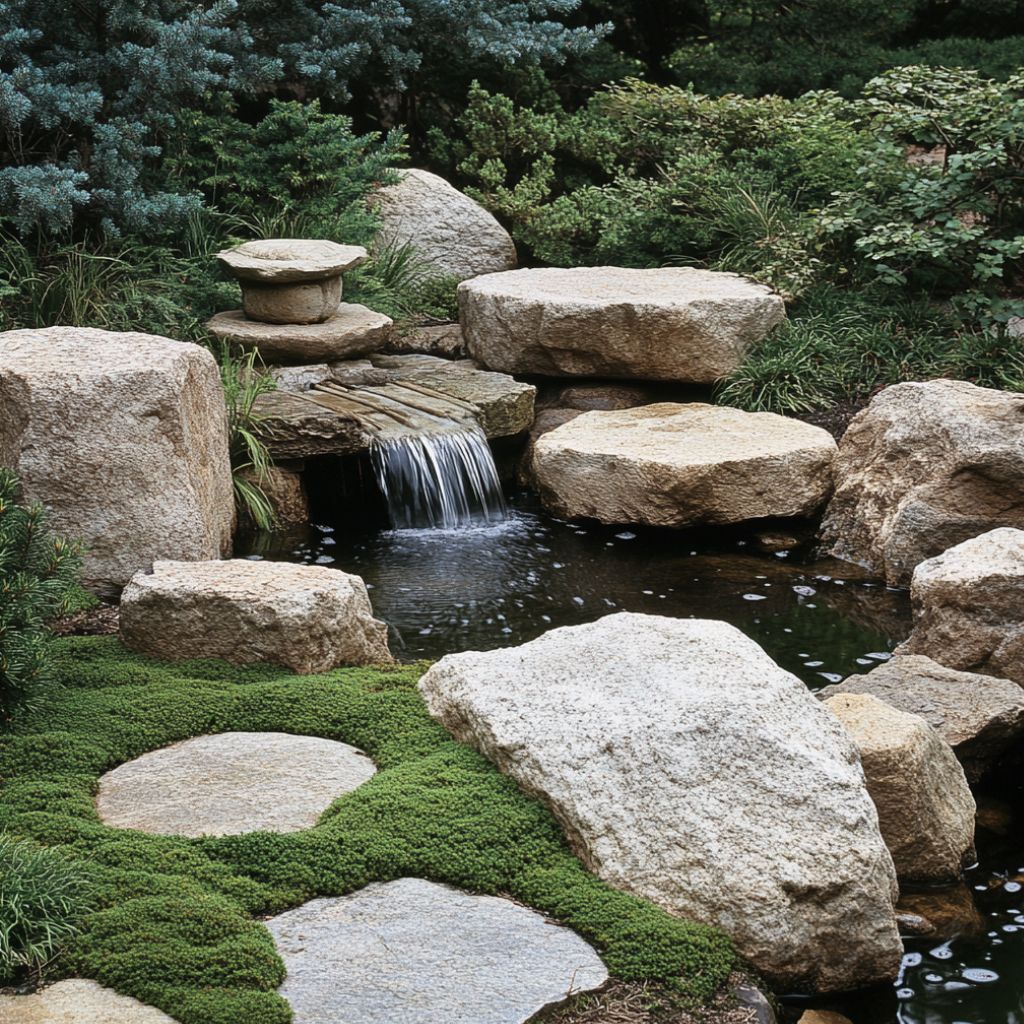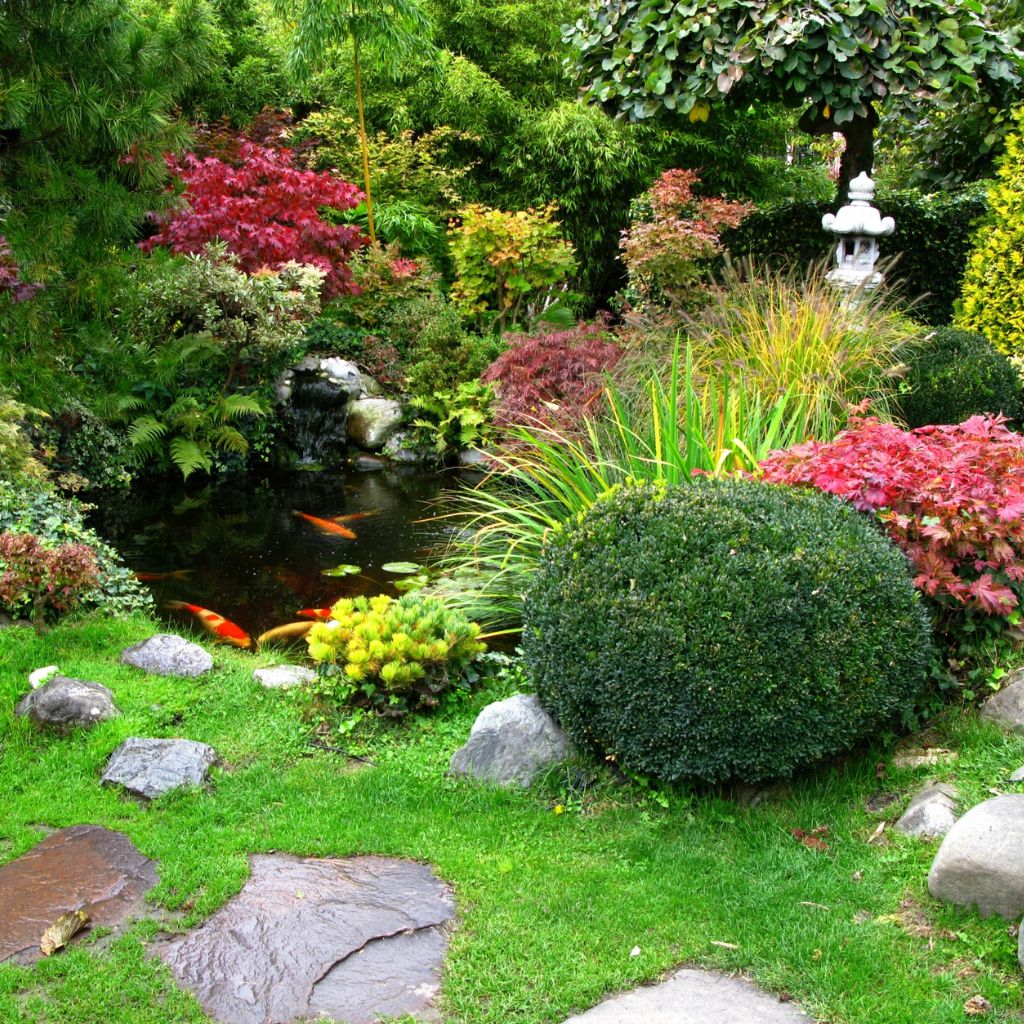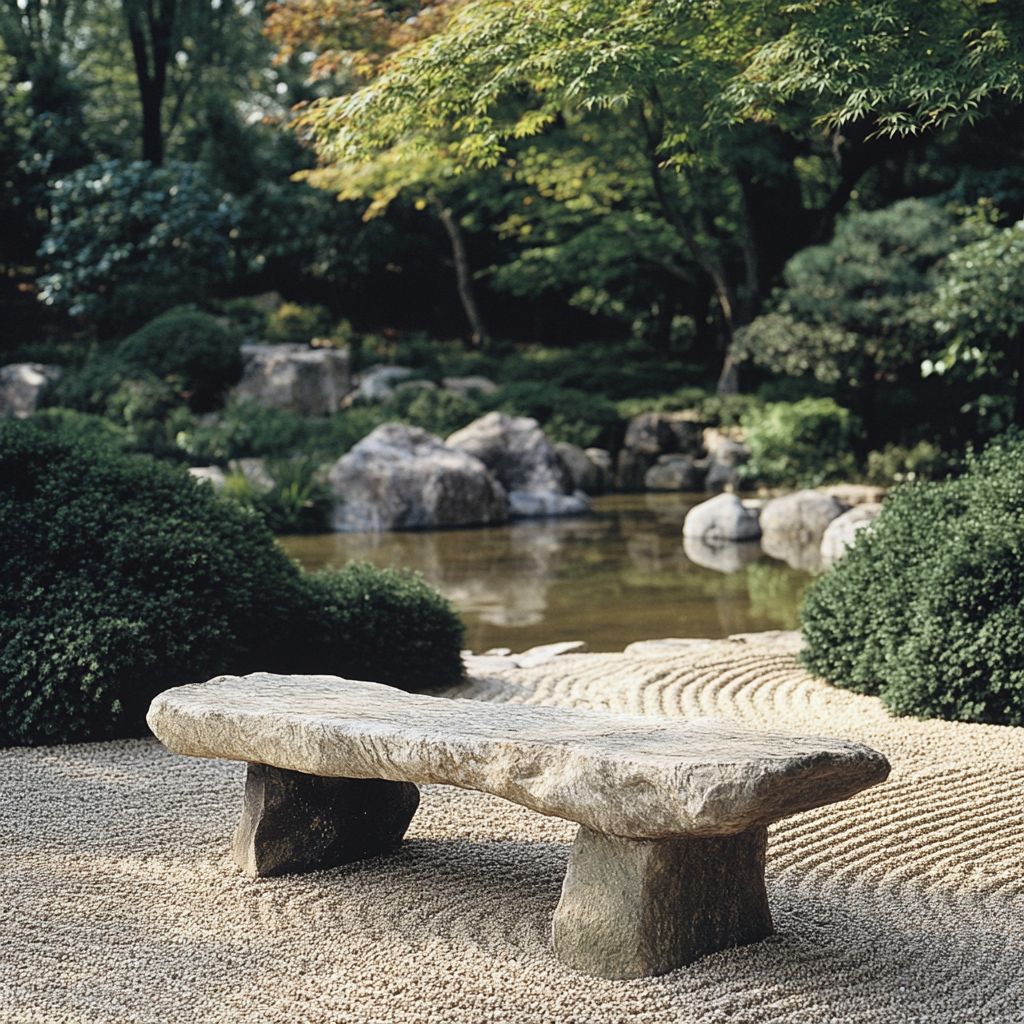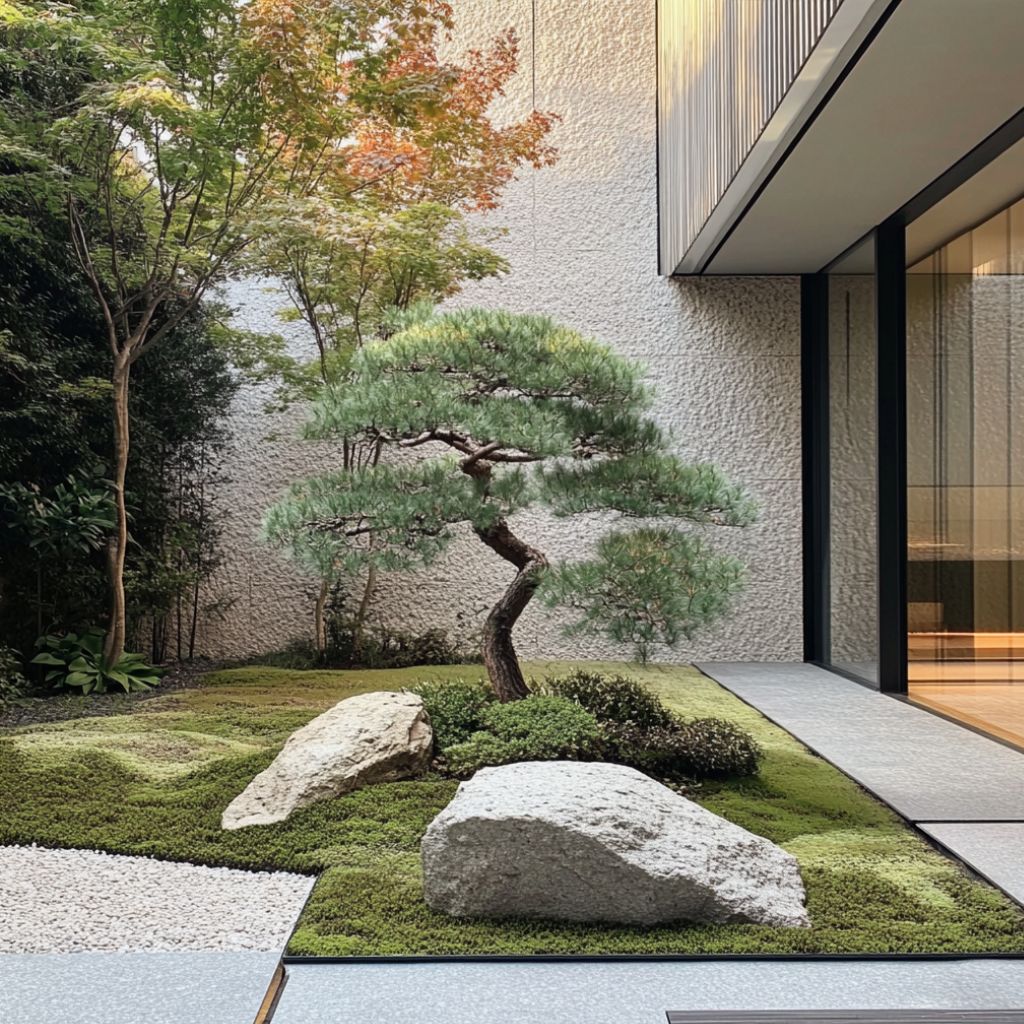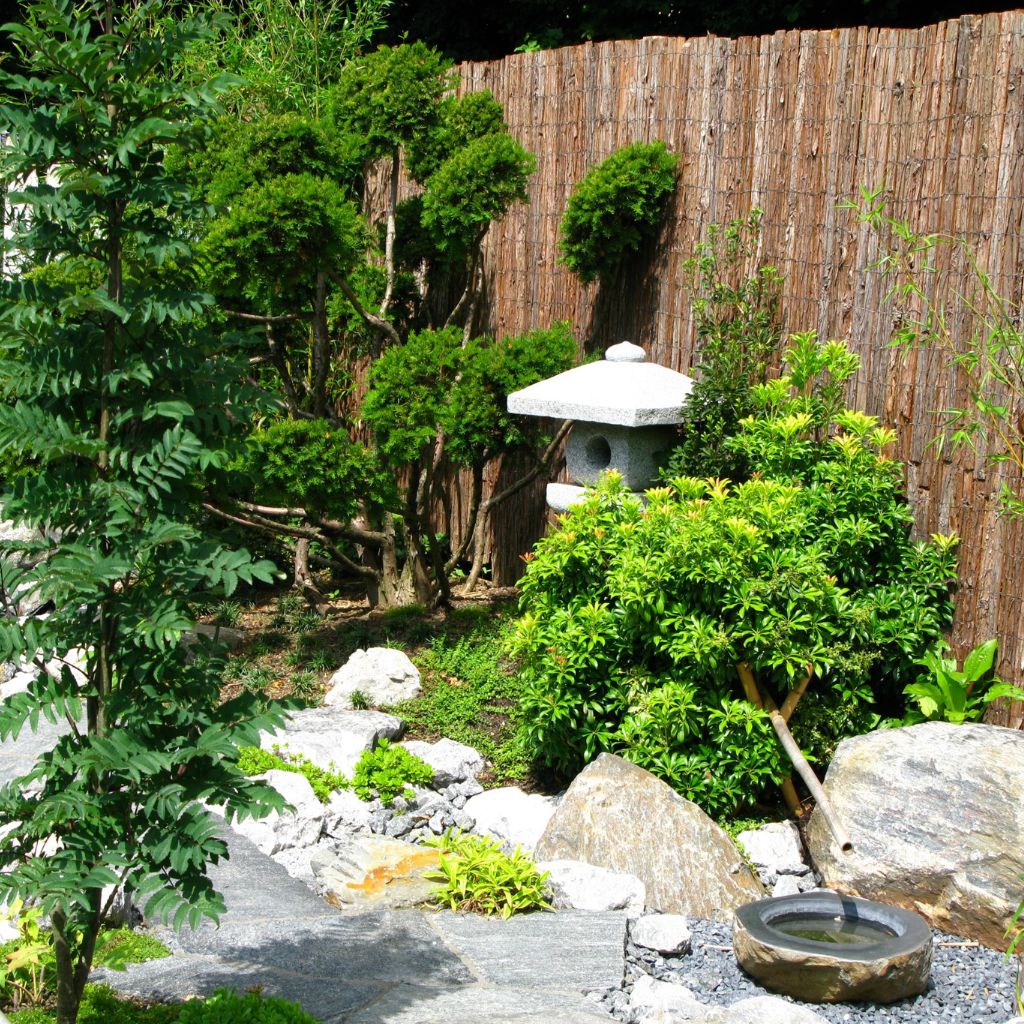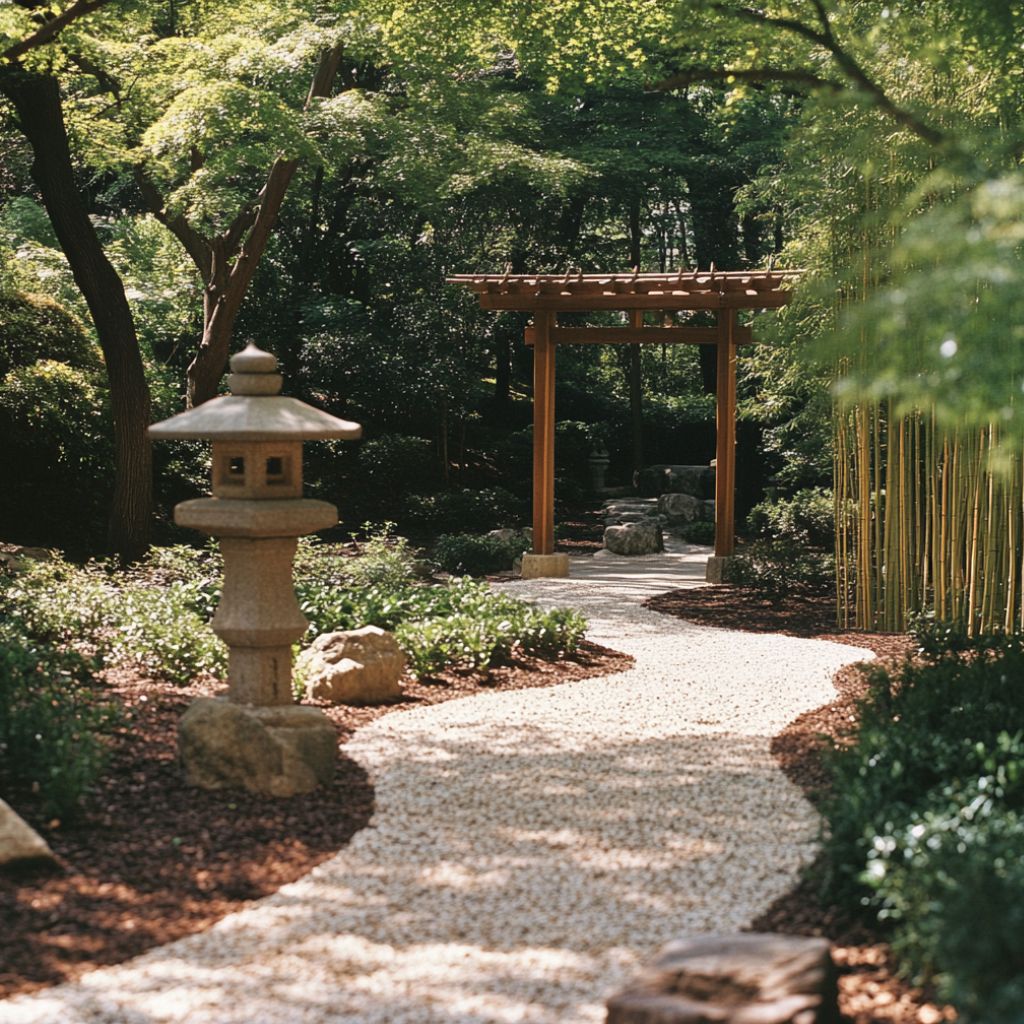Japanese gardens are renowned for their tranquility, natural beauty, and the sense of peace they bring to those who experience them.
If you’ve ever dreamed of creating your own Japanese garden, this guide will help you through the process.
By following these seven essential steps, you can transform your outdoor space into a serene retreat that embodies the principles of simplicity, harmony, and mindfulness.
1. Plan the Layout
The foundation of a successful Japanese garden lies in careful planning. Before you begin any physical work, take the time to visualize the overall layout of your garden.
Consider the available space, topography, and the elements you wish to incorporate, such as ponds, bridges, pathways, and rock formations.
Space Considerations: Japanese gardens are often designed to create the illusion of a larger space, even in small areas. Use techniques like “shakkei” or borrowed scenery to integrate the surrounding landscape into your garden design.
This technique can help frame distant views and make your garden appear more expansive.
Focal Points: Decide on the focal points of your garden. These could be a beautifully shaped rock, a small water feature, or a traditional stone lantern. Focal points draw the eye and provide a sense of direction within the garden.
2. Incorporate Natural Elements
Japanese gardens are deeply rooted in nature, so it’s essential to incorporate natural elements like rocks, water, and plants. These elements should be carefully chosen and arranged to create a harmonious and balanced environment.
Rocks and Stones: In Japanese gardens, rocks are used to symbolize mountains and islands. Their placement should feel natural, as if they were always part of the landscape.
Group rocks in odd numbers for a more organic appearance and use them to create pathways or as focal points.
Water Features: Water is a crucial element in Japanese gardens, symbolizing renewal and tranquility. Whether it’s a small pond, a flowing stream, or a simple basin, water features should be integrated thoughtfully to enhance the garden’s serenity.
If space allows, consider adding a traditional “sozu” (bamboo water fountain), which creates a calming rhythmic sound as it fills and empties.
3. Select Authentic Plants
The plants you choose will greatly influence the overall aesthetic and authenticity of your Japanese garden. Opt for plants traditionally found in Japanese gardens to maintain a true-to-style appearance.
Japanese Maples and Cherry Blossoms: These trees are iconic in Japanese garden design. Their vibrant foliage and seasonal changes bring year-round interest to the garden.
In spring, cherry blossoms (sakura) create a stunning display of delicate pink flowers, while Japanese maples offer a blaze of color in the autumn.
Moss and Ground Covers: Moss is another essential element, adding texture and a sense of age to the garden. Encourage moss to grow in shaded areas or between stepping stones to soften the hard landscaping.
For ground cover, consider plants like pachysandra, which thrives in shady conditions and spreads to create a lush, green carpet.
4. Create Zen Spaces
Zen principles are integral to Japanese garden design. Incorporating spaces dedicated to meditation or contemplation can enhance the tranquil atmosphere of your garden.
Rock Gardens (Karesansui): Dry rock gardens, or karesansui, are a common feature in Zen gardens. These spaces typically consist of raked gravel or sand, representing water, with carefully placed rocks symbolizing islands or mountains. The act of raking the gravel into patterns is a meditative practice that encourages mindfulness.
Seating Areas: Provide a place to sit and reflect, such as a simple stone bench or a low wooden platform. Position these seating areas in spots that offer views of the garden’s most serene elements, like a water feature or a moss-covered rock formation.
5. Embrace Simplicity and Minimalism
The essence of a Japanese garden lies in its simplicity. Avoid clutter and focus on creating a space where every element has a purpose and contributes to the overall harmony.
Minimalist Design: A Japanese garden is not about abundance but about thoughtful restraint. Choose a limited palette of plants and materials, and avoid overly bright or showy colors.
The simplicity of design allows the mind to rest and the garden to be appreciated as a whole.
Balance and Harmony: Strive for balance in your garden by carefully arranging elements in a way that feels natural yet intentional.
Use asymmetry to create interest and avoid the rigidity of perfectly symmetrical designs. This approach reflects the Japanese aesthetic concept of “wabi-sabi,” which finds beauty in imperfection and impermanence.
6. Maintain and Evolve the Garden
A Japanese garden is a living, evolving space that requires ongoing care and attention. Regular maintenance is crucial to preserve the garden’s balance and harmony.
Pruning and Shaping: Regularly prune trees and shrubs to maintain their shape and control their growth. This not only keeps the garden looking tidy but also allows light to filter through, creating dappled shade that enhances the garden’s atmosphere.
Raking and Cleaning: Rake gravel and sand to maintain clean lines and patterns. Keep water features free from debris, and periodically clean mossy areas to prevent them from becoming overgrown.
7. Integrate Cultural and Symbolic Elements
Japanese gardens are rich with symbolism, often reflecting deeper philosophical and spiritual concepts. Incorporating cultural elements can add layers of meaning to your garden.
Lanterns and Ornaments: Stone lanterns, known as “tōrō,” are traditional elements in Japanese gardens. They are often placed near pathways or water features, providing soft illumination at night.
Ornaments like bamboo water fountains or small statues can also be used to symbolize different aspects of nature and the seasons.
Paths and Gateways: The journey through a Japanese garden is as important as the destination. Create winding paths that encourage slow, mindful walking, and use gateways to signify transitions between different areas of the garden.
Creating a Japanese garden is not just about landscaping; it’s about crafting a space that fosters peace, mindfulness, and a deep connection with nature.
By carefully planning your layout, selecting natural elements, and maintaining the garden with care, you can create a tranquil oasis that offers a retreat from the hustle and bustle of daily life.
Whether you have a small courtyard or a larger outdoor space, these seven steps will guide you in transforming your garden into a serene and timeless haven.
